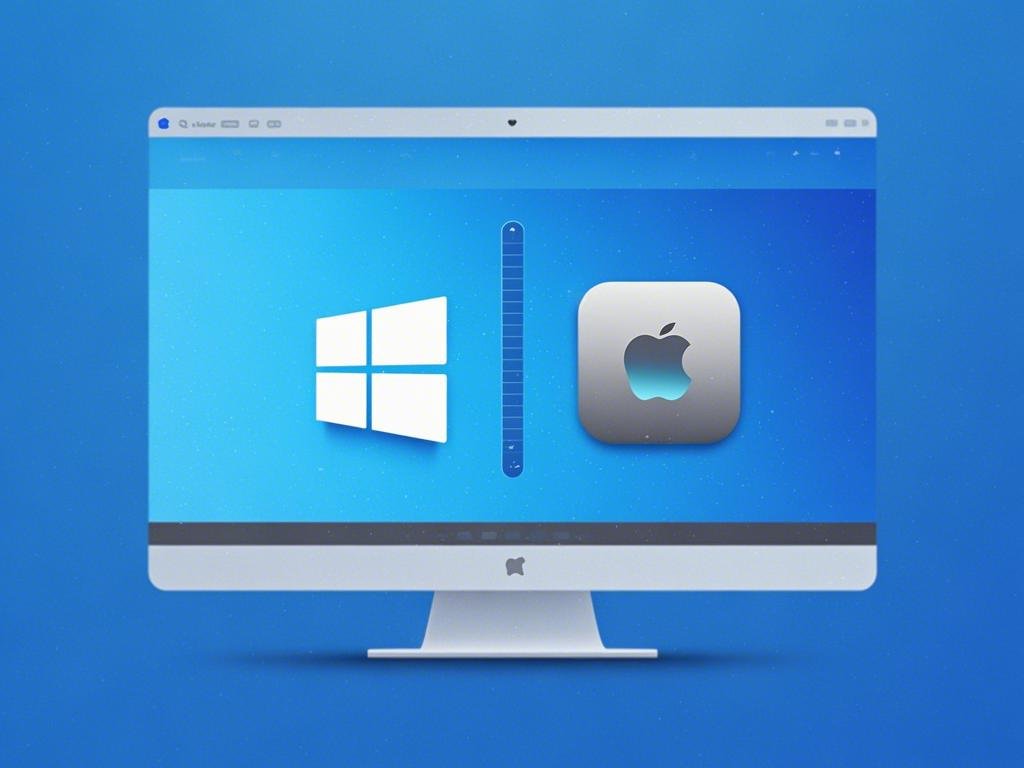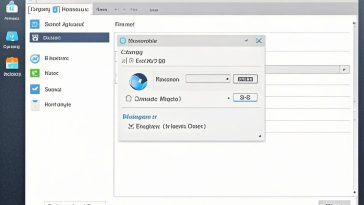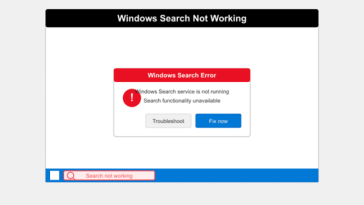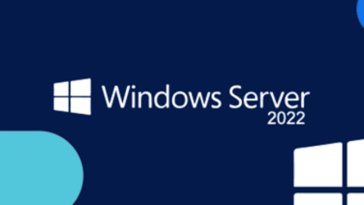Introduction
Running multiple operating systems on one PC can be incredibly useful, especially if you want to experience the best of both worlds, whether it’s Fenêtres 10, Windows 11, or a completely different operating system like Linux. One of the most efficient ways to achieve this is through dual booting, where you set up your computer to run two (or more) operating systems side by side. This method allows you to select which operating system to use each time you boot up the system.
In this blog, we’ll take you through the process of setting up a dual boot system with Fenêtres, giving you the flexibility to work with different versions of Fenêtres or even other operating systems.
1. What is Dual Booting?
Dual booting is the process of installing two or more operating systems on the same computer. When you boot up your PC, a boot manager will appear, allowing you to select which operating system (OS) you want to use.
For example, you could have Windows 10 et Windows 11 installed on the same machine, or even Fenêtres alongside a completely different OS like Linux ou Ubuntu. This approach allows you to switch between the systems as needed, based on your work requirements or personal preferences.
2. Why Choose Dual Booting?
Dual booting provides several benefits, especially for users who need to:
- Use Different Versions of Windows: If you need to test software compatibility or run older versions of Fenêtres comme Windows 7 ou Windows 8, dual booting gives you the option to switch between operating systems.
- Work with Linux or Other Operating Systems: If you are a developer, Linux might be essential for your work. With dual booting, you can seamlessly switch between Fenêtres for productivity tasks and Linux for programming or server management.
- Test New OS Versions: If you want to try out the latest Windows 11 but are not ready to upgrade your primary system yet, you can install Windows 11 in a dual boot configuration and continue using Windows 10 as your main OS.
- Avoid Compatibility Issues: Some software and applications may not run well across all OS types. Dual booting ensures you have a dedicated environment for different software needs.
3. How to Set Up a Dual Boot System
Setting up a dual boot system involves a few important steps, including creating partitions, installing the second operating system, and configuring the boot manager. Below is a step-by-step guide to help you get started.
a. Step 1: Backup Your Data
Before proceeding with any major system changes, it’s essential to backup your data to an external hard drive or cloud storage. This will protect your files in case anything goes wrong during the installation process.
b. Step 2: Prepare the Installation Media
You’ll need installation media for both operating systems. Here’s how you can prepare them:
- Système d'exploitation Windows:Utilisez le Outil de création de médias to create a bootable USB drive for Windows 10 ou Windows 11.
- Other OS (e.g., Linux): Download the ISO file for your chosen OS (like Ubuntu), and create a bootable USB drive using tools like Rufus ou Etcher.
c. Step 3: Resize Your Existing Partition
To install the second OS, you need to create space for it on your primary drive:
- Aller à Disk Management (press Windows + X et sélectionnez Disk Management).
- Right-click on your main partition (usually C:) and select Shrink Volume.
- Decide how much space you want to allocate for the second OS (usually 20 GB or more is recommended).
- Cliquez Shrink to create the unallocated space.
d. Step 4: Install the Second Operating System
Now you are ready to install the second operating system:
- Insert your bootable USB for the second OS and restart your computer.
- Enter your BIOS/UEFI settings (usually by pressing F2, F10, ou Delete during boot) and set the boot priority to USB.
- Boot from the installation media and begin the installation process.
- During installation, select the unallocated space you created earlier as the installation location.
- Follow the on-screen prompts to complete the installation of the second operating system.
e. Step 5: Configure the Boot Manager
Once the second OS is installed, a boot manager will allow you to choose which OS to load when you start your computer. Most modern versions of Fenêtres will automatically add the new OS to the boot manager. However, if this doesn’t happen:
- Boot into Fenêtres and press Windows + X, then choose Invite de commandes (administrateur).
- Type the following command to list the operating systems:
- If the new OS isn’t listed, you can add it manually using bcdedit or use a tool like EasyBCD to configure the boot menu.
4. Troubleshooting Dual Boot Issues
While dual booting is relatively straightforward, you may encounter some common issues. Here are a few tips for troubleshooting:
- Boot Menu Doesn’t Appear: If the boot menu doesn’t show up, ensure that the Boot Order in your BIOS/UEFI is configured correctly, and the boot manager is set to automatically display the menu.
- System Boots into Only One OS: If your PC is only booting into one OS, it could be a partition problem or an issue with the bootloader. Use tools like EasyBCD ou Boot Repair (for Linux) to resolve this.
- Disk Space Running Low: If you don’t have enough disk space for both operating systems and data, consider resizing your partitions or moving data to an external drive.
5. Managing Multiple Operating Systems
Once you have set up your dual boot system, here are some tips for managing your multiple operating systems effectively:
- Windows Updates: If you are dual-booting Windows 10 et Windows 11, ensure that both operating systems are kept up to date with the latest security patches and feature updates.
- Sharing Files Between OSs: Use a shared partition (formatted as NTFS) for storing files that need to be accessed from both operating systems.
- Manage Software: Keep in mind that applications installed in one operating system are typically not accessible from the other. You’ll need to install applications on each OS separately.
6. Benefits and Limitations of Dual Booting
Alors que dual booting offers a flexible solution, there are a few pros and cons to consider:
Avantages:
- Access to multiple operating systems on one machine.
- Ideal for developers and users who need to use different OS environments.
- Cost-effective (you don’t need to buy a second computer).
Limitations:
- Takes up more disk space.
- Requires careful management of partitions and boot settings.
- Booting between OSs can be time-consuming.
- If not configured properly, issues with one OS can impact the other.
Conclusion
Dual booting is an excellent way to maximize the potential of your PC by running multiple operating systems on a single machine. Whether you want to run Windows 10 and Windows 11 or need a mix of Fenêtres and another OS like Linux, the ability to choose your OS on startup gives you flexibility and efficiency.
By following this guide and taking the necessary precautions, you can create a dual boot system that suits your personal or professional needs.






